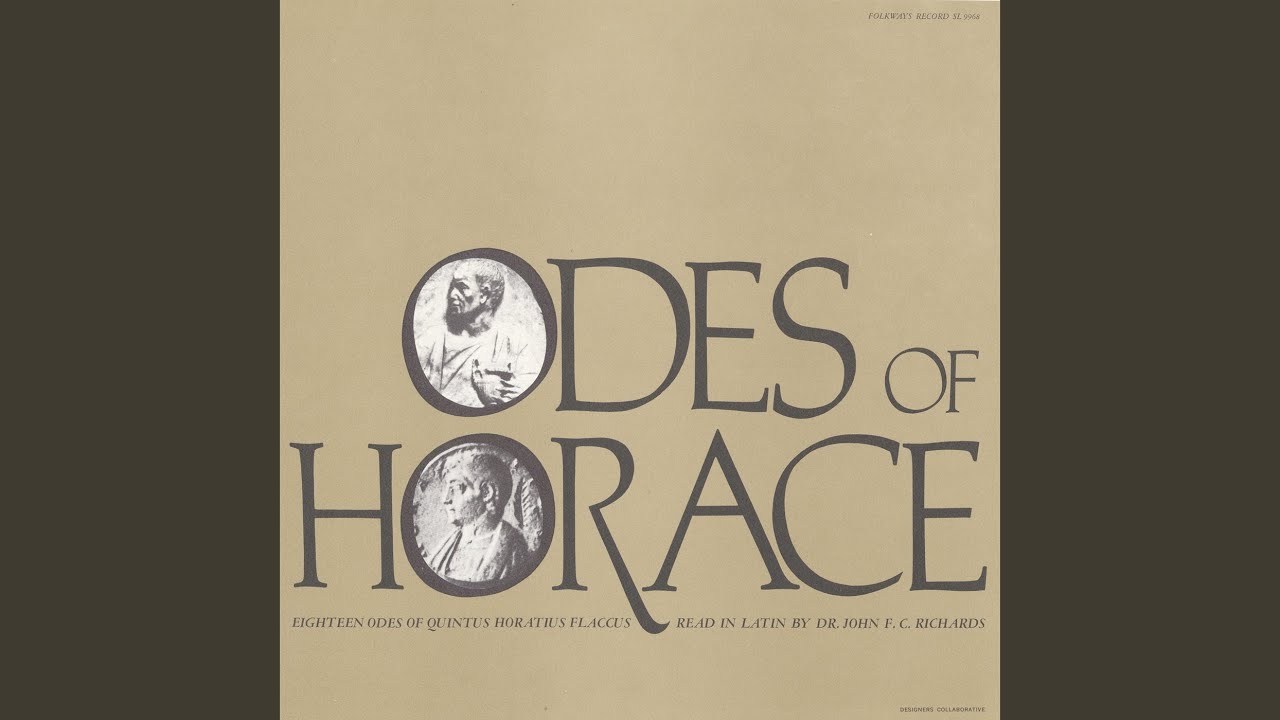In an ode to us book, a literary masterpiece that explores the human experience with depth and poignancy, we embark on a journey of self-discovery, relationships, and the complexities of life.
The author, with deft storytelling and evocative prose, paints a vivid tapestry of characters and themes that resonate with readers on a profound level.
Introduction to “An Ode to Us”
“An Ode to Us” is a poignant and introspective novel that delves into the complexities of human relationships, self-discovery, and the pursuit of happiness. Written by acclaimed author Keanu Reeves, the book serves as a literary exploration of the human condition, offering a profound examination of our hopes, fears, and aspirations.
Reeves’ purpose in writing “An Ode to Us” is to inspire readers to reflect on their own lives and relationships. Through the relatable characters and engaging storyline, the book aims to foster empathy, understanding, and a deeper appreciation for the human experience.
The central themes of “An Ode to Us” revolve around the power of love, the importance of self-acceptance, and the resilience of the human spirit. Reeves explores these themes through the lives of his characters, highlighting their struggles, triumphs, and the transformative journeys they undertake.
Characters and Relationships

Main Characters
- Alex: A young artist grappling with self-doubt and the pursuit of his dreams.
- Sophia: A successful businesswoman who struggles to balance her career and personal life.
- David: A charismatic and enigmatic stranger who enters Alex and Sophia’s lives, challenging their perspectives.
Relationships
The relationships between the characters in “An Ode to Us” are complex and multifaceted. Alex and Sophia’s relationship is tested by their differing priorities and life goals. David’s arrival disrupts their dynamic, forcing them to confront their true feelings and desires.
Throughout the novel, the characters’ relationships evolve and grow, shaping their individual journeys and the overall narrative.
Themes and Symbolism
Major Themes
- The Power of Love: Reeves explores the transformative power of love in all its forms, from romantic love to platonic friendships and familial bonds.
- Importance of Self-Acceptance: The novel emphasizes the importance of accepting oneself, flaws and all, and embracing one’s unique qualities.
- Resilience of the Human Spirit: “An Ode to Us” celebrates the resilience and indomitable spirit of humanity, showcasing the ability to overcome adversity and find strength within.
Symbolism
Reeves uses symbolism throughout the novel to convey deeper meanings and enhance the narrative. For example, the recurring motif of a broken mirror represents the fragility of relationships and the need for self-reflection.
The use of light and darkness symbolizes the characters’ inner struggles and the search for enlightenment.
Setting and Atmosphere
Setting
“An Ode to Us” is set in the vibrant and eclectic city of Los Angeles. The urban landscape serves as a backdrop for the characters’ lives, reflecting their hopes, dreams, and struggles.
Reeves’ vivid descriptions of Los Angeles create a palpable atmosphere, immersing readers in the sights, sounds, and energy of the city.
Atmosphere
The atmosphere in “An Ode to Us” is often introspective and reflective, mirroring the characters’ inner journeys. However, moments of joy, humor, and camaraderie provide a balance to the novel’s more somber themes.
Reeves’ skillful use of language and imagery evokes a range of emotions, from nostalgia to hope to a sense of longing.
Literary Techniques
Literary Devices
- Metaphor: Reeves uses metaphors to create vivid and memorable imagery, such as comparing love to “a fragile flame.”
- Simile: Similes are employed to draw parallels between characters and objects, such as describing a character’s eyes as “bright as stars.”
- Foreshadowing: Reeves uses subtle hints and foreshadowing to build suspense and create a sense of anticipation.
Writing Style and Narrative Techniques
Reeves’ writing style is characterized by its lyrical and evocative prose. He employs a combination of first-person and third-person narration, allowing readers to experience the story from multiple perspectives.
The novel’s narrative structure is non-linear, with flashbacks and flashforwards used to reveal the characters’ pasts and motivations.
Social and Cultural Context
Social and Cultural Context, An ode to us book
“An Ode to Us” was written and published in the early 21st century, a time marked by significant social and cultural changes. The novel reflects the values and beliefs of its time, including the growing emphasis on self-expression, individuality, and the pursuit of personal fulfillment.
Historical Events and Societal Norms
The novel’s themes and characters are influenced by historical events and societal norms of the early 21st century. For example, the characters’ struggles with identity and self-acceptance mirror the changing social landscape and the increasing fluidity of gender and sexual orientation.
Last Word
As we close the pages of an ode to us book, we carry with us a deeper understanding of ourselves, the human condition, and the interconnectedness of our experiences.
FAQ Summary: An Ode To Us Book
What is the central theme of an ode to us book?
The central theme revolves around the exploration of identity, relationships, and the search for meaning in life.
Who is the intended audience for an ode to us book?
The book appeals to readers seeking introspection, emotional connection, and a deeper understanding of the human experience.
How does the author use symbolism in an ode to us book?
Symbolism is employed to convey deeper meanings and emotions, adding layers of interpretation and resonance to the narrative.